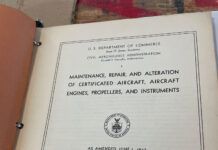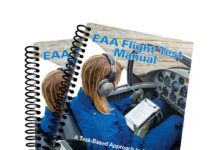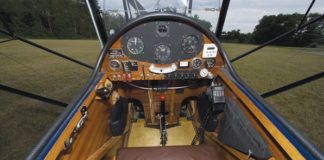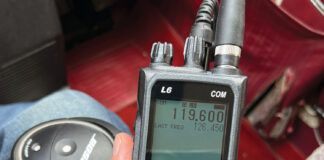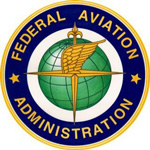 After a lengthy wait and more than a bit of hand-wringing on the part of builders and kit manufacturers, the FAA has finally published Advisory Circular 20-27G, which forms the approval basis for Experimental/Amateur-Built aircraft. In the preamble, the FAA says that, “This AC is not mandatory and does not constitute a regulation. This AC describes an acceptable means, but not the only means, to comply certification and operation requirements of amateur-built aircraft.” However, virtually all Designated Airworthiness Representatives and FAA inspectors look to the AC for guidance.
After a lengthy wait and more than a bit of hand-wringing on the part of builders and kit manufacturers, the FAA has finally published Advisory Circular 20-27G, which forms the approval basis for Experimental/Amateur-Built aircraft. In the preamble, the FAA says that, “This AC is not mandatory and does not constitute a regulation. This AC describes an acceptable means, but not the only means, to comply certification and operation requirements of amateur-built aircraft.” However, virtually all Designated Airworthiness Representatives and FAA inspectors look to the AC for guidance.
The good news for builders is that the basic revisions to the AC appear as predicted in the months since Oshkosh, when we were told that some onerous aspects of the proposed new rules—such as the dreaded 20/20/11 rule, requiring 20% fabrication by the builder—have been dropped. In addition, the new AC has a more comprehensive and rational definition of fabrication than the one floated by the FAA in the summer of 2008.
In the AC, the FAA has established criteria by which builders can determine which set of rules apply to them. If the kit itself was evaluated before the rules change (and found to provide the builder 51% or more of the work to do), the kit itself has not changed since the approval, AND the builder has used no commercial assistance, then he can use the previous rules and checklists. If the kit has been changed or the builder used commercial assistance, then the new rules apply.
Among the additions to the AC is the requirement to document the use of commercial assistance. The AC says, “You must submit a notarized Form 8130-12, certifying the major portion was fabricated and assembled for your own education or recreation. This form also requires a builder to identify if and how much commercial builder assistance was used in the construction of the aircraft and to identify the source of the assistance. Evidence and records need to be available to support these statements and be provided to the FAA upon request.”
An area of concern in the originally proposed changes centered on a fabrication and assembly checklist that was not finely divided to give the builder proper credit for fabrication—if the kit maker or outside assistance completed ANY part of the line item, the builder wouldn’t get any credit. The new task list allows the builder to accept partial credit for partial work completed. At the end of the nine-page list, the builder is to total up the “points” allotted to the kit maker, himself (as both assembly and fabrication) and commercial assistance. The total percentage for builder fabrication and assembly must be 51% or more.
Overall, the industry is breathing a sigh of relief that the final document mirrors what was expected from the agency, and the general feeling is that the new rules will not adversely impact legitimate builders but will, perhaps, put a tourniquet on some of the more outrageous “hired gun” programs we’ve seen.
To obtain a copy of the Advisory Circular, visit the FAA’s web site.


